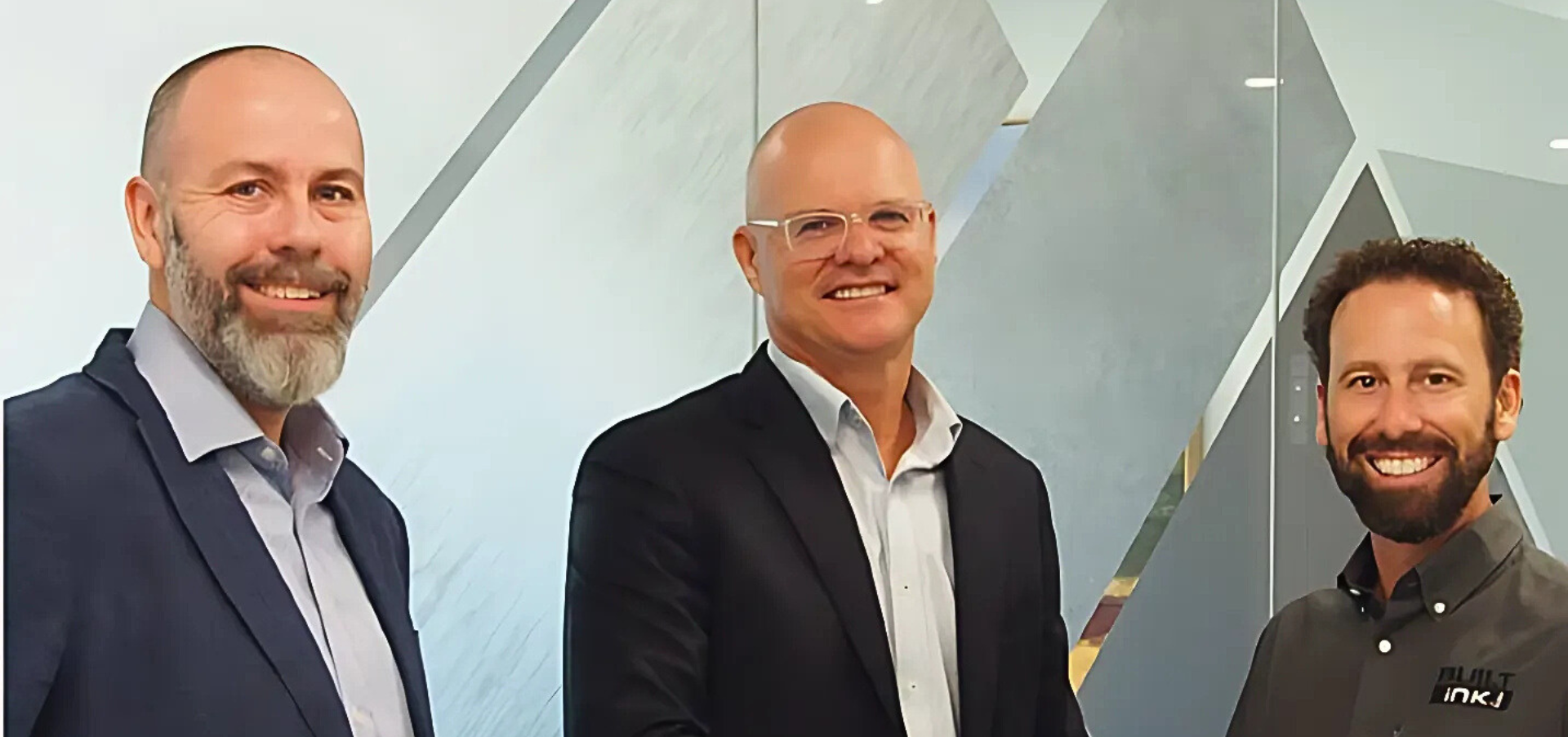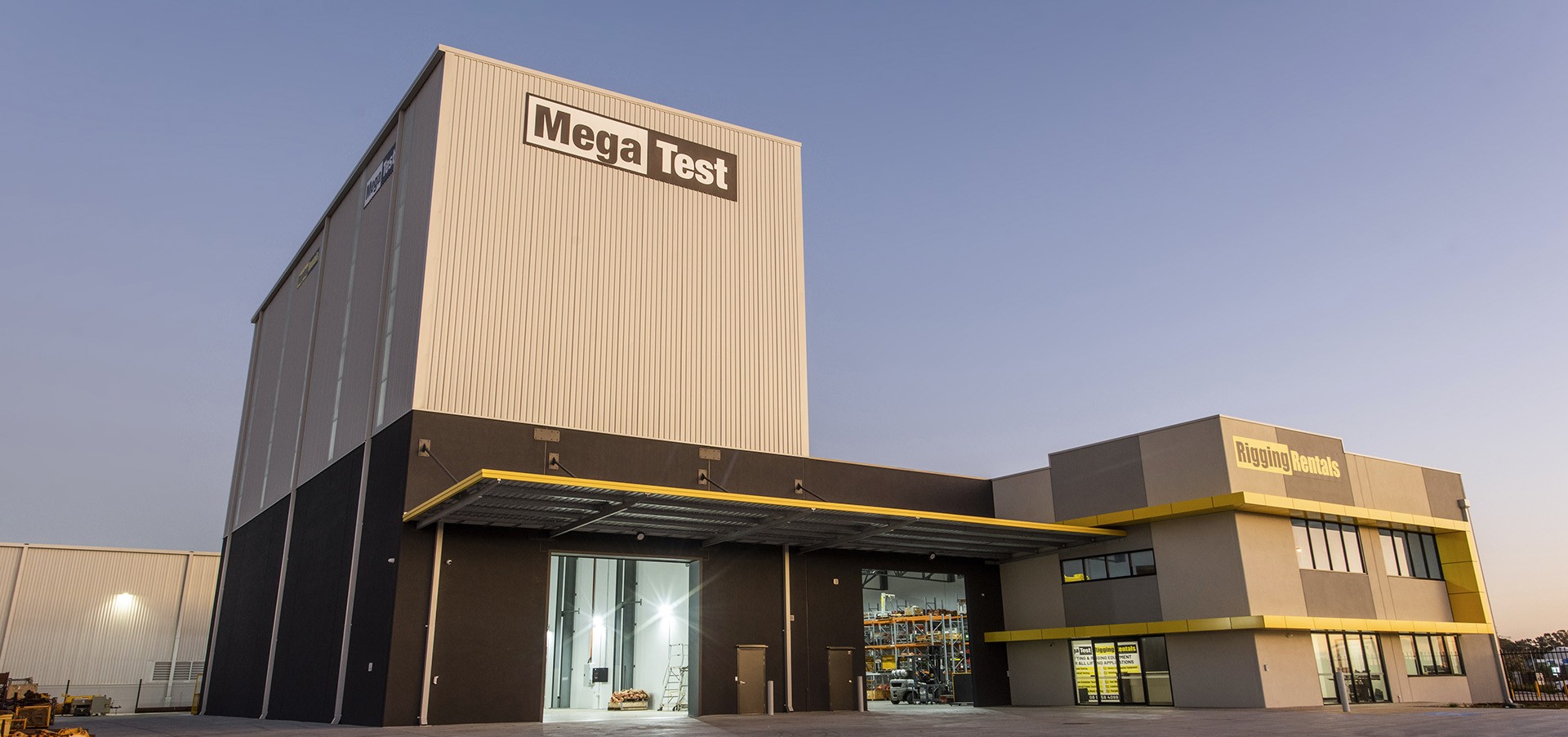Commercial Industrial Construction
In Western Australia, a dynamic commercial industrial construction is taking shape. Changes are happening and a shift is evident that is requiring the industry to reassess its future.
As we move away from a mining boom and head into the insufficient supply that sees many building companies closing their doors, Built Ink has been ploughing forward.
But one thing’s for sure is that the way we build, our clients and our general run of business is changing as the economic, and in turn our construction scene, in Perth and Western Australia evolves.
So, what is around the corner and how are we having to evolve?
As our clientele in the commercial industrial construction industry shifts from owner occupiers and local developers we are now looking at a global scale partner. Foreign investment and hedging are setting up for an industry that now competes with national and global builders. And therefore, the way we do business changes.
Current trade war between America and China will ultimately see one or the other slowing down and the impact will further reduce their demand on resources. Just as we are now seeing a slight spike in the oil and gas and lithium industry as projects up north are given the go ahead.
Collaboration will be the new competition. As builders who could once do it on their own will now joint venture and partner with other builders to help boost the industry.
It’s not just this that is changing, how we build is also.
As the profit margin keeps being pinched, we seek innovative ways to reduce our costs without compromising our quality. For Built Ink it comes to effective time schedules and a streamlined build approach as we strive for our core focus, to build ‘issue free’. We are delivering them faster than ever with utilities like NBN, Western Power and Telstra struggling to keep up with our pace.
One area we have placed an interest in is construction technology. Historically the construction industry has been slow to take on the future and unfortunately it isn’t one that will go away. Management software within our offices have been implemented that allow us to effectively schedule, project manage and order with ease.
Drones
Next will be drones. Already we have introduced this technology into our marketing, but we believe it will also improve site safety and survey information.
Green construction isn’t new but will only be growing for Built Ink. Green star ratings will become even more important, with recent data showing that the construction industry accounts for approximately 20% of global emissions. Builds will be greener, smarter and sustainable. Materials are currently being made out of recycled material and may even themselves become biodegradable, with a building life lasting 100 years to reduce global footprints and space waste.
Modular and Prefabricated Buildings
Modular and prefabricated buildings will also grow. This will help counteract the rise in material costs and decrease in skilled labour and assist with the management of time and flexibility of the build. The weather will not be an issue as builds are fabricated offsite and waste will be minimised as specifications are built to the exact.
Building Information Modelling isn’t new to the construction industry but it too will also continue to grow. Its modelling abilities will allow better cost predictions, scheduling and allow maintenance scheduling with ease.
Which leads to an augmented reality. Virtual reality is already being used by some residential builders to allow people to walk through their homes. Although costly, this type of technology will revolutionise the construction game. It is believed that these headsets will replace the humble safety goggle with planning and plotting being done on sites before the earth works begin.
A centralised construction ecosystem is also a trend we at Built Ink find worth looking at. Where all contractors, suppliers and consultants will have a platform that allows them to share data, experience and project information that will help minimise delays, communication errors and the like between site and the office.
Robotics and Artificial Intelligence
Robotics and Artificial Intelligence will further infuse into the commercial industrial construction industry eventually being able to take over a number of tasks on site like brick laying. Which means a whole new take on becoming a tradie. As these jobs become obsolete, they will need to shift from physical workers to understanding and operating this new type of machinery. And as commercial builders we need to have an understanding of how this impacts our scheduling and over all build process.
Wearable technology will also become mandatory on site in the future. Fit Bits, Garmins, Apple Watches and the like will soon have a work integration that will sink with office software and allow workers to manage time, tasks and safety onsite. It will also help with the location of workers should there be an accident onsite.
As 2018 closed its doors it led into an uncertain 2019. Our usual ways of running a construction service business is changing which sees us needing to develop an understanding of the global economy, the trends in the industry and evolve into new ways of finding work.



